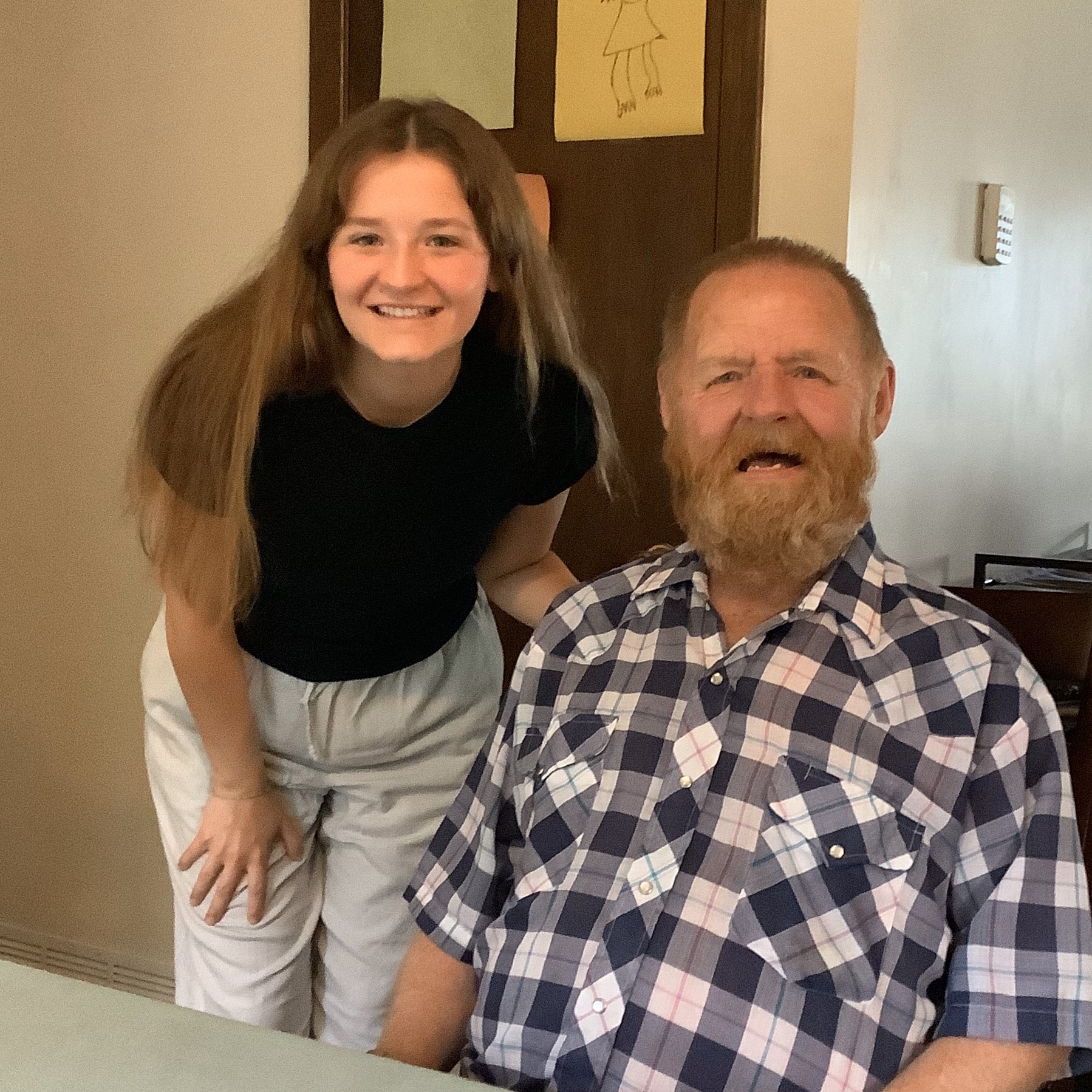
Last fall, we launched our “Living with Purpose” series in our newsletter, which delves more deeply into our servant leadership initiative. This series focuses on our commitment to prioritizing the needs of our consumers, employees, and the wider community.
The program highlights seven key traits of effective servant leadership: being a person of character, putting people first, being a skilled communicator, being a compassionate collaborator, having foresight, being a systems thinker, and leading with moral authority.
This month, we’re focusing on the trait of being a Compassionate Collaborator.
A compassionate collaborator understands that empowering others is a fundamental aspect of leadership. They trust those around them to make decisions rather than simply directing them on what to do. By giving individuals the autonomy they need to excel in their roles, they foster a spirit of collaboration and encourage team members to support one another.
In everyday life, this might look like a parent allowing their child to take the lead in planning a family activity, fostering independence and creativity. In the workplace, a manager might delegate responsibilities to team members, encouraging them to share ideas and solutions, which enhances collaboration and innovation.
Compassionate collaborators also create a sense of community and an environment that values civility. They ensure that everyone feels safe bringing up questions and concerns, promoting an open dialogue where all voices are heard. For instance, a teacher might encourage students to express their thoughts during class discussions, reinforcing that every opinion matters.
When mistakes happen, compassionate collaborators react with understanding, demonstrating that errors are part of the learning process. They believe that everyone adds value to the group, treating everyone fairly, regardless of their position. For example, a leader might publicly acknowledge a junior employee’s contributions during a meeting, highlighting the importance of every team member’s efforts.
Ultimately, compassionate collaboration fosters an environment where people feel they work alongside each other rather than for someone else. Whether at work or in everyday life, let’s commit to uplifting those around us by embracing collaboration, promoting open communication, and treating everyone with respect. Together, we can build a culture of support and empowerment that enriches our communities and strengthens our connections.
Putting It Into Practice: Real-Life Examples at Our Agency
Jane, a coordinator in one of our residential programs, is a shining example of compassionate collaboration in action. She has built strong, trusting relationships with each of the women in her care, taking the time to understand their unique needs and preferences. Jane’s daily involvement provides her with deep insight into what matters most to each individual, allowing her to advocate effectively on their behalf and ensure they receive the highest level of care.
Jane’s commitment extends beyond the individuals in her care; she is equally devoted to her team. She has fostered an environment of mutual support, where staff members are always ready to assist one another and go the extra mile. By working across all shifts herself, Jane has built a deep understanding of her team’s challenges and perspectives. This firsthand experience allows her to address concerns effectively and offer targeted guidance, creating a culture of respect, collaboration, and trust.
In another instance, when new patient lifts were delivered to the program, Jane went above and beyond by personally testing the equipment. She ensured she fully understood how the lifts worked, even experiencing firsthand what it felt like to be positioned and moved by them. This hands-on approach not only allowed Jane to better support her team but also gave her staff the confidence that they were trained to use the equipment safely and effectively. Leading by example, Jane reinforced her commitment to both patient safety and staff readiness.
When challenges arise, Jane handles them with calm professionalism. She is an empathetic listener, always open to questions and new ideas, and approaches problem-solving with a mindset that values every team member’s input. Whether addressing concerns or providing guidance, Jane ensures that her team feels supported and heard, fostering an environment where psychological safety thrives. This openness builds trust and empowers everyone to contribute their best work, knowing their perspectives are valued.
These examples illustrate how Jane’s leadership embodies the principles of compassionate collaboration and servant leadership that are at the core of our agency’s values. Through her dedication to building strong relationships, supporting her team, and creating a culture of open communication and trust, Jane demonstrates the power of working together toward shared goals. Her leadership ensures that both the individuals in her care and her team receive the highest level of support, respect, and dignity.




